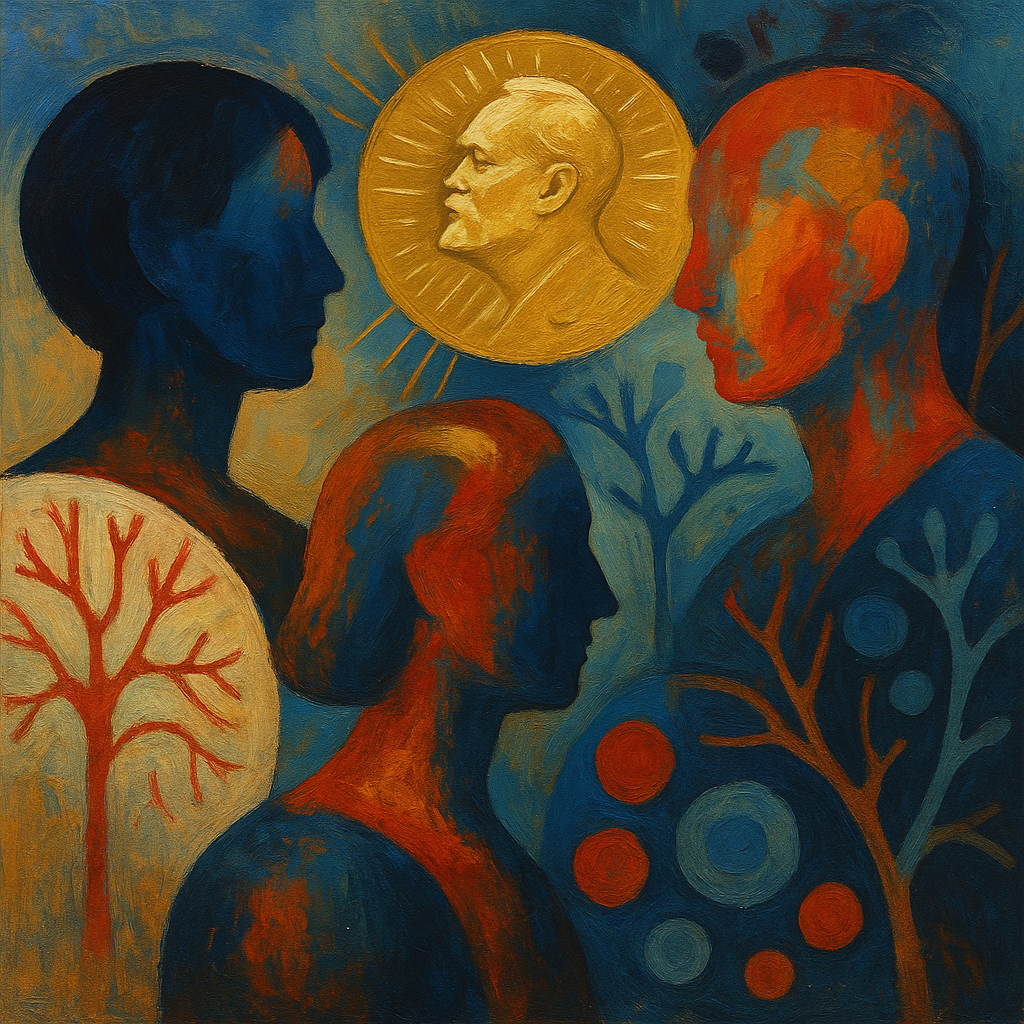STOCKHOLM (AP) — Three scientists won the Nobel Prize in medicine Monday for discoveries about how the immune system knows to attack germs and not our own bodies.
The Nobel Prize in Physiology or Medicine for 2025 did not reward a discovery that conquered a virus, unveiled a vaccine, or mapped a hidden organ. Instead, it honored something subtler and perhaps even more daring: the discovery of how the immune system restrains itself. The winners—Mary Brunkow, Fred Ramsdell, and Shimon Sakaguchi—were recognized for exposing the silent regulators of our defenses, the rules that stop immune cells from turning inward and destroying the body they are sworn to protect.
The Army and the Paradox
Every textbook describes the immune system as the body’s army, an elaborate defense made up of sentries, scouts, foot soldiers, and special forces. Bacteria and viruses are detected, signals are fired off, and specialized T and B cells surge into action. This martial metaphor has always been seductive, but it masks a darker reality. Armies are not only dangerous to invaders—they can be dangerous to themselves.
The immune system’s paradox is that its greatest strength—precision and aggression—can also be its greatest liability. The same cells that eliminate infection can turn their weapons on the body’s own tissues. Autoimmune diseases like type 1 diabetes, rheumatoid arthritis, and multiple sclerosis are grim reminders of what happens when soldiers forget their loyalties.
The 2025 Nobel Prize shines a light on how the immune system keeps itself in check. It is not through luck or accident, but through carefully tuned mechanisms of immune tolerance, systems designed to silence or redirect potential traitors in the ranks. Without them, every person would fall victim to self-destruction.
The Hidden Regulators
Shimon Sakaguchi first identified a mysterious class of T cells in the 1990s. Unlike their combative cousins, these cells did not launch attacks. They suppressed them. Named regulatory T cells—Tregs—they acted like referees on the battlefield, blowing the whistle when other T cells threatened to overstep. Their power was subtle but immense: without them, autoimmunity flared uncontrollably.
Mary Brunkow and Fred Ramsdell took this discovery further. Working with a rare strain of mutant mice in which autoimmunity erupted violently, they traced the problem to a gene called FOXP3. Without FOXP3, Tregs failed to develop. The result was catastrophic—an immune system without brakes, devouring its own host. In humans, mutations in FOXP3 cause a lethal syndrome in infants, proof that the mechanism is not theoretical but absolutely essential for survival.
Together, these findings revealed an entire hidden branch of the immune system, one dedicated not to fighting but to restraint. For every cell poised to kill, there is another cell trained to hold it back. Balance, not brute force, defines real immunity.
From Discovery to Translation
The Nobel committee’s recognition is not only about science in a vacuum. It is about the human consequences of discovering these regulators. Understanding Tregs and FOXP3 has opened new frontiers in medicine. In autoimmunity, the goal is to strengthen regulation, to expand or mimic Tregs so they can restore calm. In cancer, the strategy flips: tumors often exploit Tregs to suppress immune attacks, so disabling them may unleash anti-tumor immunity.
The balance of Tregs is thus a double-edged sword. Too few, and the body turns against itself. Too many, and cancers thrive in the shadows. The elegance of the Nobel-winning work lies in showing that medicine can tilt this balance—subtly, deliberately, for therapeutic ends.
A Nobel With Urgency
Not all Nobel Prizes carry the same resonance beyond science. Some are about curiosity, others about long-term perspective. But the 2025 award lands at a moment of urgency. Autoimmune diseases are rising worldwide, in part due to longevity, in part due to environmental factors still poorly understood. At the same time, cancer immunotherapy has become one of medicine’s most transformative revolutions, built on manipulating immune responses to attack tumors. Both fields converge on the discoveries of Brunkow, Ramsdell, and Sakaguchi.
To honor their work is to acknowledge that medicine is now entering an age of immune control, where the question is not only how to stimulate defenses but how to dial them up, down, or sideways with surgical precision.
The Poetry of Restraint
There is something admonished in the Nobel committee’s choice. Science often celebrates breakthroughs that conquer, that expand the horizons of power. But this prize celebrates restraint. It elevates the idea that the most powerful systems are not those that act blindly, but those that know when not to act.
In that sense, the award feels philosophical as much as scientific. The immune system, like human societies, thrives on balance between liberty and order, action and limitation. To survive, it must not only know how to fight, but when to hold back. The laureates revealed that such wisdom is written in our very cells.
No comments yet.








